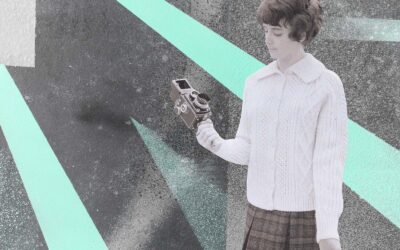As a commercial photographer with a specialty in Food Photography I get asked often how to take better food images all the time.
Whether you are documenting culinary creations for personal or business reasons here are some tips to make the most from the tool you have with you, which is most often your phone.
1. First things first. Use. Natural. Light. Whenever. Possible.
Artificial lighting screws up the natural look and colors of would-be a work of art. The best professional photographers use elaborate studio lighting only to make the image look like image look like it was shot in natural light.
Bright indirect light works best. Direct light can add drama but will produce some pretty big shadows on the other side so reflect the light with some white foam board set up directly across from the source of light– this will reduce harsh shadows and give you a more balanced image. As a second choice, use bright indirect lighting but not one from a single overhead source if you can help it as your image will look like you took it with your phone, and that’s not good. If it’s super dark where you are trying to shoot the food, don’t even bother just enjoy the food! Phones don’t do well when they are challenged in dark conditions and you probably won’t be doing the food much justice.
2. When in doubt, shoot from overhead.
Overhead, or birds-eye, shots are hard to mess up when it comes to food. If you’re shooting a dish that is aesthetically pleasing from overhead or if you want to feature a full spread/tabletop, then stick to overhead shots. Straight on shots are a good option for stacked or vertical dishes (pancakes, burgers, cakes, etc.)
3. Remember color sells food.
Look for color in your plates and select those with color, contrast and texture to tell your story.
4. Don’t zoom. Just Don’t.
You’ll lose photo quality when you zoom, especially when on a phone camera.
5. Lock your focal point and set your exposure before snapping the photo.
Lock your focal point by tapping and holding whatever you want the camera to focus on. Then adjust your exposure by dragging the yellow sun symbol up or down. It’s better to underexpose the photo and then brighten it when editing than to overexpose and try to darken it in editing.
6. Pick a simple, neutral background.
As a rule of thumb, nearly all food looks good on white dishes or on a white backdrop. White/grey marble surfaces or wooden backgrounds look great with nearly any food as well. Parchment paper is a great DIY food backdrop surface if you want to get messy with your styling and don’t have the budget for a nicer backdrop.
7. Garnish your food with fresh herbs, flaked salt, seeds, etc.
Add more visual interest to a boring dish with toppings. Fresh green herbs are preferable if they make sense for the dish, since they add a nice pop of color.
8. You don’t know what you don’t know.
Experiment with placement/styling/framing. Take a bunch of photos, move things around a bit, add some props, take a bunch more photos, and repeat. As you get better at this you’ll notice that a subtle difference can make or break a photo and it will help you become better much quicker.
9. Get some hands in the frame.
It’s always more fun and tells a better story if you add a human element. Recruit some friends to be hand models and ask them to reach for food or pretend to be serving a dish.
10. Edit to enhance colors, but don’t overdo it.
Use apps like Snapseed or Photos to enhance contrast, saturation and color balance in your photos.
11. Less is more.
For the simplest of food photography, all you need is your main star– the one food item you’re featuring. Get up close and put all of the focus on that one thing. If the food is interesting enough, it’ll turn out great.
SRQ Photo School offers fun seminars to individuals and employers to help achieve their photography goals. We can write cheat sheets, manuals and work flows for almost any application so you or your staff can support and supplement your photography needs. Call Perry at (941) 350-9064 for more information or visit our contact page and send an online note for more information.
















